They say that the past holds the key to understanding the present, and nowhere is this more evident than at Chavín de Huántar.
Nestled in the rugged Andean mountains of Peru, this ancient archaeological site beckons visitors to step into a world shrouded in mystery and awe.
From its grand architecture to its intricate stone carvings, Chavín de Huántar offers a tantalizing glimpse into the lives and beliefs of the ancient Chavín civilization.
But there is more to this site than meets the eye. As you embark on a journey through its underground passageways and unravel the secrets of its mythological creatures, you will discover a profound connection between art, religion, and culture.
Prepare to be captivated by the wonders of Chavín de Huántar, for the story it tells is one that will leave you yearning for more.
Good To Know
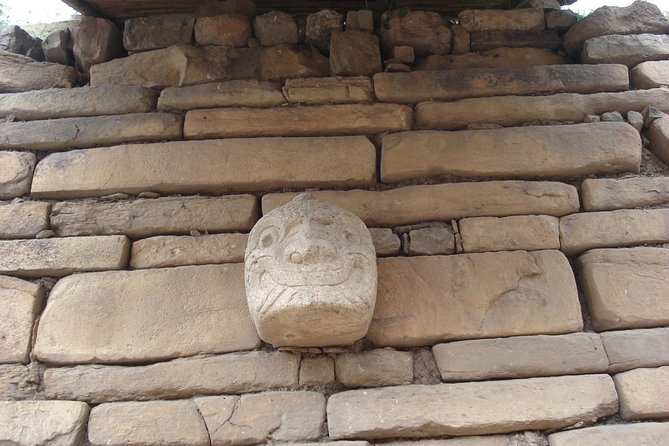
- Chavín de Huántar is an ancient archaeological site in Peru, dating back to around 1200 BCE.
- The site reveals a sophisticated culture with advanced skills in carving, pottery, and artistic expression.
- Excavations have uncovered temples, underground galleries, and a central granite monolith called the Lanzón.
- The site provides valuable insights into the religious practices, cultural beliefs, and everyday life of the ancient Chavín civilization.
History and Significance
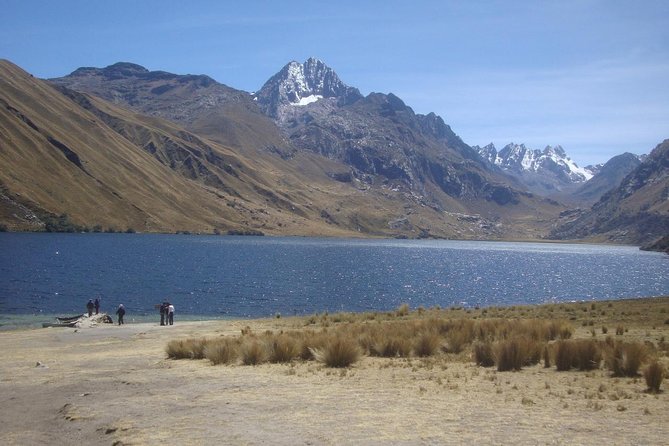
The history and significance of Chavín de Huántar is shrouded in mystery, captivating visitors with its ancient ruins and enigmatic past. This archaeological site, located in the Andean highlands of Peru, holds great importance in understanding the pre-Columbian civilizations that once thrived in South America.
Excavation findings at Chavín de Huántar have revealed a complex and sophisticated culture dating back to around 1200 BCE. The site showcases remarkable architectural structures, such as the famous Lanzón monolithic sculpture and the underground labyrinthine galleries. These discoveries provide valuable insights into the religious practices, artistic expressions, and social organization of the Chavín civilization.
The intricate carvings, ornate pottery, and ceremonial objects found at Chavín de Huántar highlight the advanced skills and creativity of its ancient inhabitants, leaving researchers and visitors in awe of this remarkable archaeological site.
Find more activities and experiences we've covered in Huaraz.
Archaeological Site Overview

Perched in the Andean highlands of Peru, Chavín de Huántar stands as an intriguing testament to the ancient civilizations that once flourished in South America. This archaeological site, dating back to around 1200 BCE, has a rich history of excavation and has yielded numerous fascinating archaeological discoveries.
Excavations at Chavín de Huántar began in the early 20th century, led by Peruvian archaeologist Julio C. Tello. These excavations uncovered an elaborate complex of temples, plazas, and underground galleries, showcasing the advanced architectural and engineering skills of the Chavín culture.
One of the most significant archaeological discoveries at Chavín de Huántar is the Lanzón, a large granite monolith that stands at the heart of the complex. This 4.5-meter-tall sculpture depicts a deity with feline features and is believed to have played a central role in Chavín religious rituals.
Other notable findings include intricate stone carvings, ceramics, and gold and silver ornaments, all providing valuable insights into the art, religious beliefs, and everyday life of the Chavín people.
Architectural Marvels
Standing proudly in the Andean highlands of Peru, Chavín de Huántar showcases a mesmerizing display of architectural marvels that continue to captivate visitors. This ancient civilization left behind a remarkable ceremonial center that’s now recognized as a UNESCO World Heritage Site.
One of the most intriguing features of Chavín de Huántar is its intricate network of underground tunnels. These tunnels served various purposes, including religious ceremonies and water drainage systems.
The architectural design of the ceremonial center is also awe-inspiring, with its impressive stone carvings, intricate friezes, and towering monoliths. The precision and craftsmanship of the ancient Chavín civilization are evident in every detail of these structures.
Exploring the architectural marvels of Chavín de Huántar offers a unique glimpse into the rich history and cultural heritage of Peru.
Religious and Cultural Significance
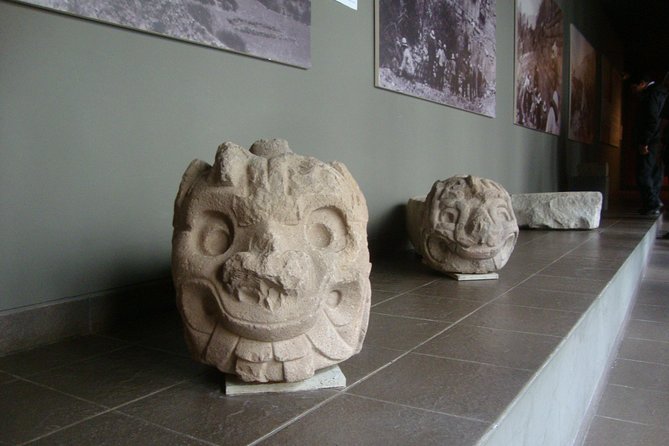
With its profound religious and cultural significance, Chavín de Huántar stands as a testament to the ancient beliefs and practices of the Chavín civilization.
The religious practices of the Chavín people were deeply intertwined with their cultural traditions. The site is adorned with intricate carvings and sculptures that depict mythological and religious figures, showcasing the importance of spirituality in their society.
The Chavín deities were believed to have the power to control the forces of nature and influence the lives of the people. The rituals performed at Chavín de Huántar were a central part of their religious practices, with priests leading ceremonies and using hallucinogenic substances to communicate with the divine.
The site remains a significant archaeological and cultural landmark, providing valuable insights into the religious and cultural practices of the ancient Chavín civilization.
Art and Iconography
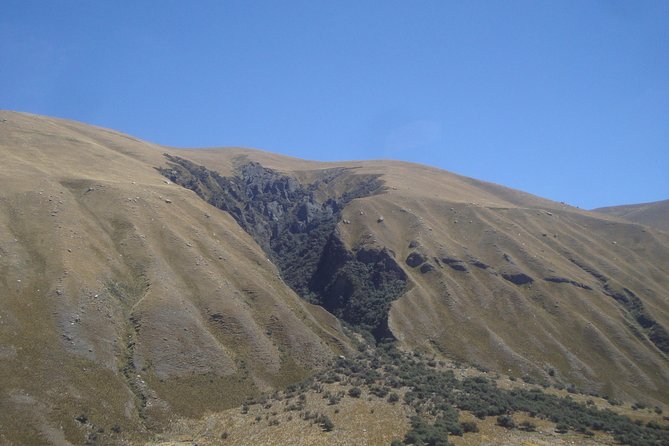
The intricate art and iconography found at Chavín de Huántar offer a captivating glimpse into the ancient civilization’s religious and cultural beliefs. The art interpretation of these ancient symbols reveals fascinating insights about the Chavín people.
Here are four key aspects to consider:
Symbolic Representations: The art at Chavín de Huántar is filled with symbolic representations, such as zoomorphic figures and anthropomorphic beings, which likely held significant meaning in their religious practices.
Ritualistic Imagery: The art and iconography depict scenes of rituals, ceremonies, and shamanic practices, suggesting a complex belief system centered around spiritual and supernatural forces.
Power and Transformation: The art portrays powerful deities and beings undergoing transformation, indicating the Chavín people’s belief in the ability to access higher realms and transcendental states through rituals.
Cosmic Connection: Many symbols and art motifs found at Chavín de Huántar suggest a strong connection with celestial bodies, emphasizing the ancient civilization’s relationship with the cosmos and its role in their religious worldview.
Through art interpretation and analysis of these ancient symbols, we can gain a deeper understanding of the religious and cultural significance held by the Chavín de Huántar civilization.
Visitor Experience and Tips
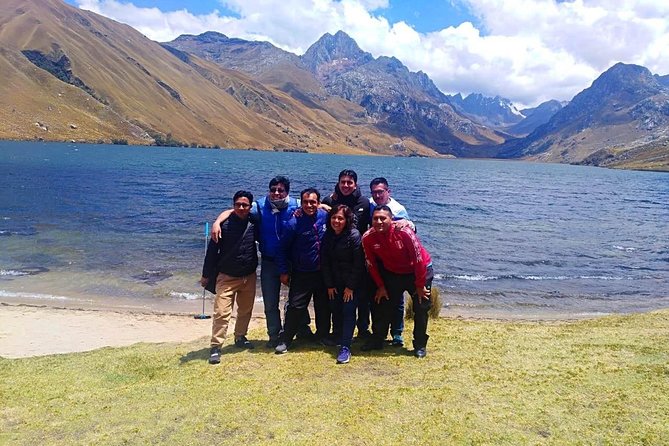
Exploring Chavín de Huántar offers visitors a truly immersive experience, allowing them to explore the rich history and fascinating culture of this ancient civilization.
As visitors explore the archaeological site, they can witness the impressive architecture and intricate stone carvings that showcase the artistic achievements of the Chavín civilization.
The visitor experience is enhanced by knowledgeable guides who provide insights into the significance of each structure and artifact.
Plus, Chavín de Huántar offers a taste of local cuisine, with nearby towns offering traditional dishes that highlight the flavors of the region.
From hearty stews to delicious desserts, visitors can indulge in the culinary delights of Peru while seeing the captivating world of Chavín de Huántar.
Common Questions
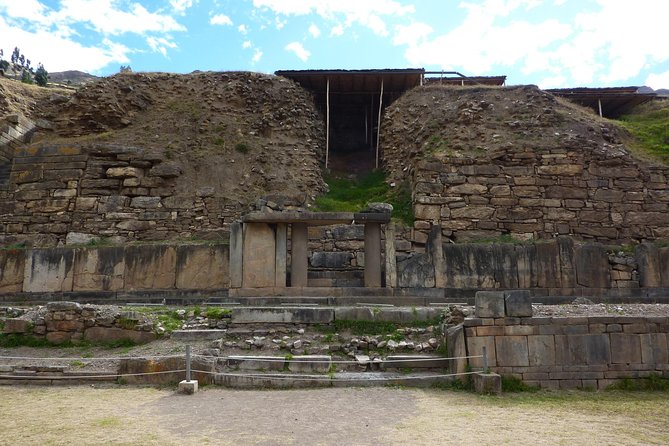
How Long Does It Take to Travel From Huantar to Chavin?
The travel time from Huantar to Chavin can vary depending on transportation options. It’s recommended to take a day trip, which typically includes transportation and a guide. This allows for a stress-free and informative journey.
Can I Join the Tour if I Don’t Speak Spanish?
Yes, travelers who don’t speak Spanish can still join the tour. The professional guide will provide assistance in English to overcome any language barriers or communication difficulties that may arise during the trip.
Are There Any Additional Costs or Fees Not Included in the Tour Price?
There may be additional costs or fees not included in the tour price. It’s important for travelers to check with the tour provider to see if there are any extra charges for specific activities or services.
Can I Take My Own Photos at the Chavin National Museum?
Yes, visitors are allowed to take their own photos at the Chavin National Museum. However, it is important to note that there may be some photography restrictions in certain areas of Chavin De Huántar.
Is the Tour Suitable for Children or Families?
Yes, the tour is suitable for children and families. It offers accessibility for disabled individuals, making it a great option for everyone. The tour takes care of all the details, ensuring a hassle-free experience.
The Sum Up
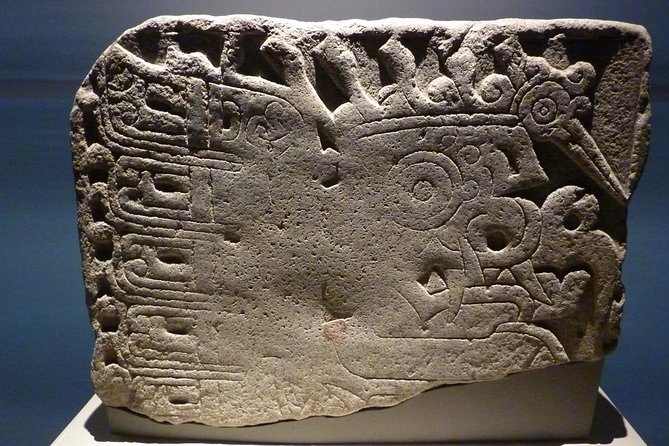
To sum it up, a visit to Chavín de Huántar is a truly captivating experience that allows visitors to step back in time and explore the rich history and culture of the ancient Chavín civilization.
The site’s impressive architecture, intricate stone carvings, and underground passageways offer a glimpse into the artistic and engineering skills of its ancient inhabitants.
Whether you’re a history buff or simply curious about Peru’s ancient past, Chavín de Huántar is a must-see destination that will leave you in awe.
More Tour Reviews in Huaraz
Looking for something different? Other Huaraz activities we've written about
- 23 Best Tours In Huaraz
- 5 Best 3 Day Tours In Huaraz
- 3 Best 4 Day Tours In Huaraz
- 7 Best Full-Day Tours In Huaraz
- 3 Best Guided Tours In Huaraz
- 3 Best Guided Tours In Huaraz
- 69 LAKE – HUASCARAN NATIONAL PARK / CORDILLERA BLANCA Camping
- Peru: Santa Cruz Trek – Cordillera Blanca – Huaraz, Peru
- Alpamayo Trek 11 Days Garampayoc – Comunity Support
- From Huaraz: Laguna 69 Fullday Trek
- Chavín De Huantar Archaeological Monument (Full Day)
- Huaraz Private City Tour
